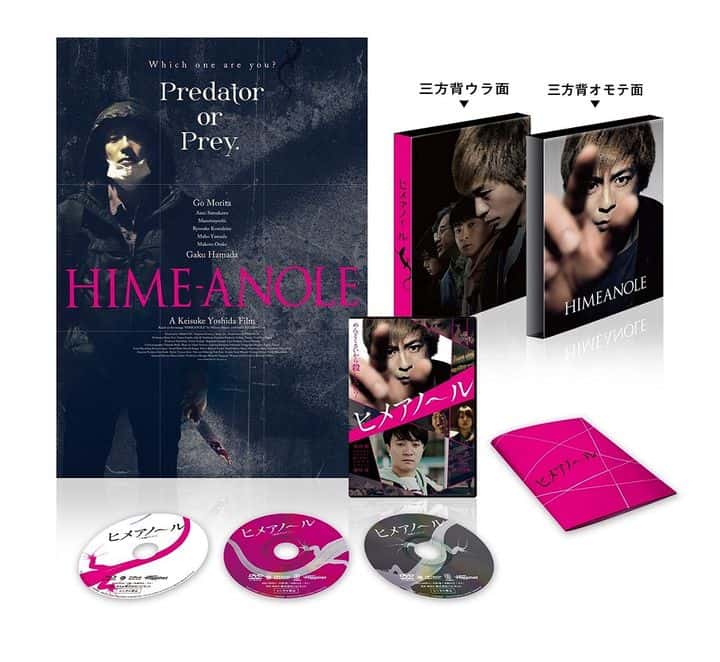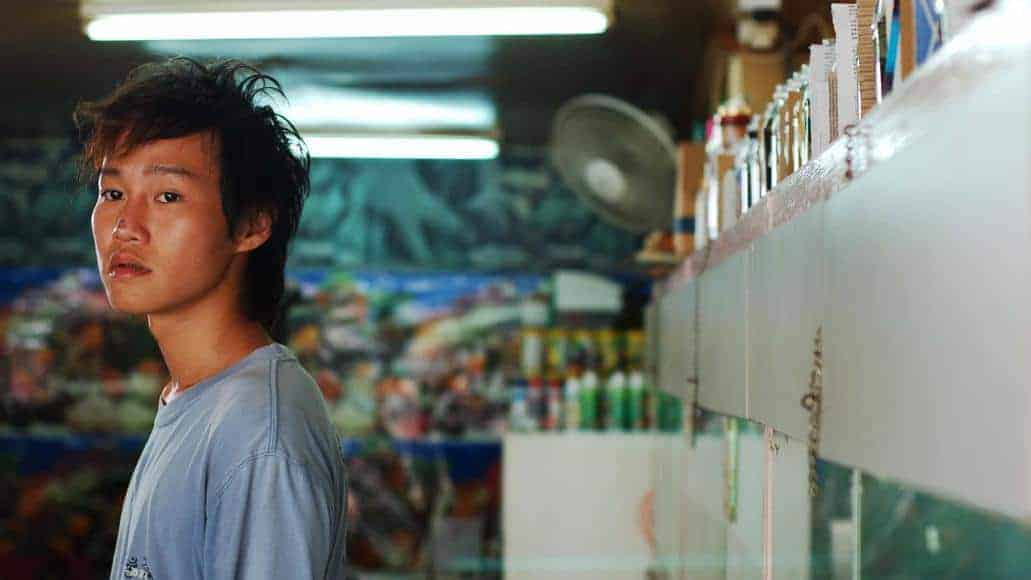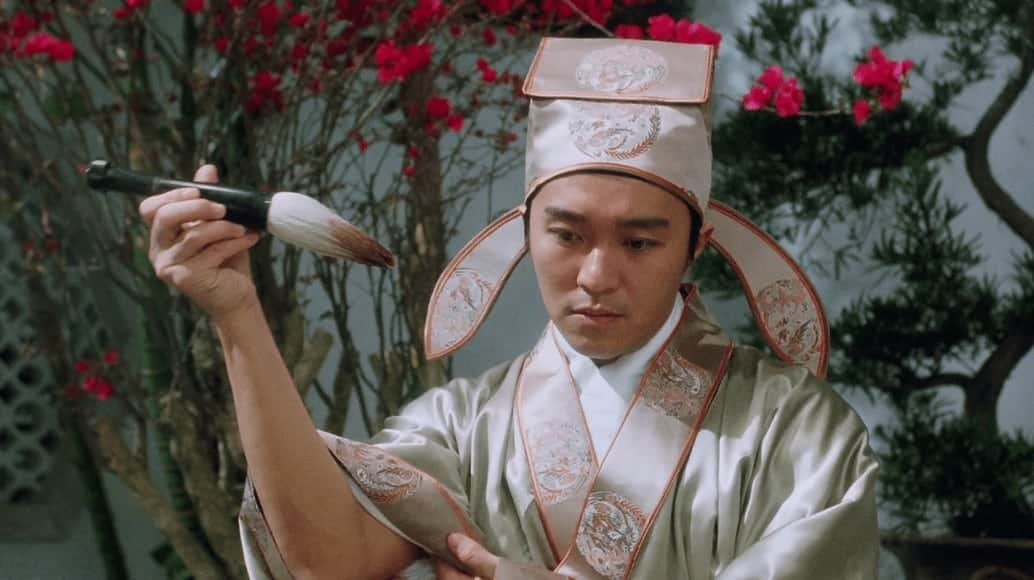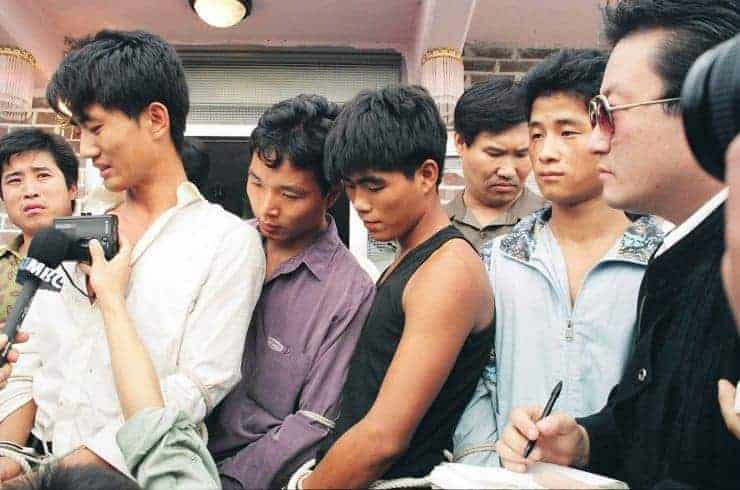Based on the homonymous manga series by Minoru Furuya, the film starts as a comedy-drama, from the plethora coming out from the Japanese movie industry. In that fashion, the central heroes are two awkward individuals, Susumu Okada and Yuji Ando, who work for a cleaning company. Yuji talks like a robot and seems to lack any kind of social skills and Susumu is an unambitious youth, who is troubled by the fact that his life seems to have no meaning, whatsoever. Eventually, Yuji tells Susumu that he is in love with a waitress in a cafe, Yuka Abe, and asks his help to get to know her. The first time they come to the shop, Yuji points out another man who seems to be constantly there, also having an in interest in Yuka. This man, Shoichi Morita, proves to be Susumu's ex classmate. Soon, Yuka informs them that Morita is stalking her, and they decide to “protect” her. Furthermore, the girl seems to have a crush on Susumu, bringing him into an awkward position. That is for the first part
Buy This Title
Continuing as a violent thriller
The second part, however, changes the focus to Morita, and with that comes a total change in the film itself. Morita proves to be a psychopathic criminal, and starts a killing and raping spree against anyone that comes his way. His final targets, though, are Yuka and Susumu. Two characters that also appear in the first part, another classmate and his girlfriend, prove to be the ones that instigate this mania.
An elaborate merge
Keisuke Yoshida manages to merge two films into one, elaborately, as the transition between the two parts is utterly smooth, despite their many differences. The fact that the second part, which contains violence, gore and sex comes after the first one, which could be rated PG13, is a very unusual tactic, but Yoshida made the most of it.
The same applies to the messages he presents, as the first part shows the lives of the people living in the borders of society and where that can lead them, while the second highlights the consequences of bullying and violence in general.
An impressive transient scene leading to exploitation
This transition between the two parts is portrayed through an intricate and very impressive scene. As Susumu and Yuka have sex, Morita tortures and kills a woman, with the setting switching a number of times, while the moves of each “couple” mirror each other in the most unsettling fashion. The scene exemplifies the direction, the camera work, the editing, the sound, and the special effects of the movie, whose prowess becomes evident, particularly in the violent scenes of the second part . Some of them are truly grotesque, especially the ones that involve rape, as the movie fills with exploitation elements.
Great cast
The characters in the first part all appear awkward, and I do not think there is a better Japanese actor in that role than Gaku Hamada, who plays Susumu. Tsuyoshi Muro is very persuading as the unsocial and eccentric Yuji, and Aimi Satsukawa is great as the seemingly timid but quite mischievous Yuka. Their characters and acting are exemplified in a scene where Yuji and Yuka start screaming from a distance, and Susumu stands stupefied in the middle. The one who truly steals the show, though, is Go Morita as Shoichi Morita, whose transition from a stalker to a bloodthirsty criminal is the highlight of the film, in terms of acting. This transformation highlights his psychopathic nature, and places the concept of bullying as the main theme. Furthermore, it discloses the role of Susumu in this change, as he is presented as something more than the timid, good-natured individual he seems to be.
“Hime-anole” may be an unusual film, but is definitely a masterpiece.

















